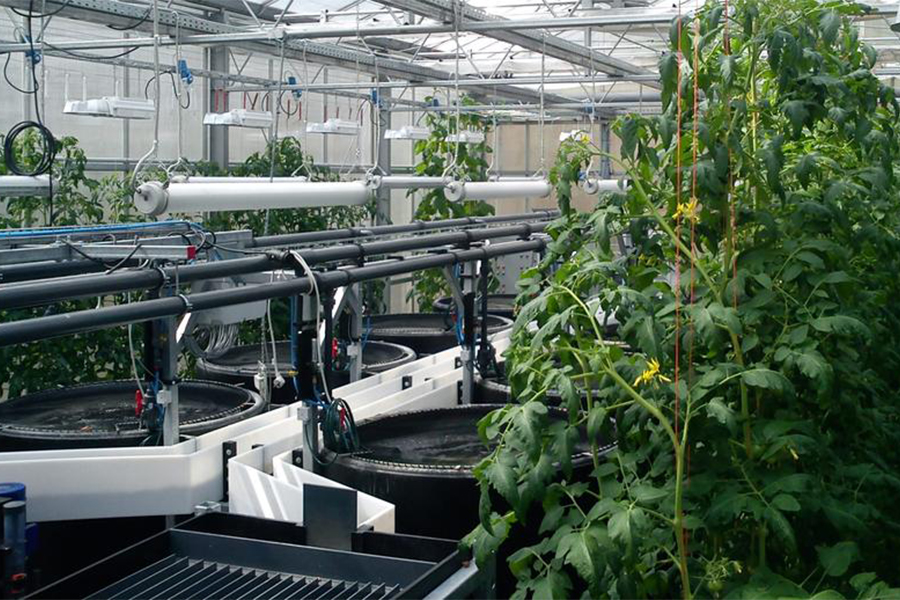Utilizing ropes in hydroponics and aquaponics cultivation is a common method to support farming. In this modern farming model, ropes play a crucial role in creating a complete and efficient cultivation system. Below are some applications of ropes in hydroponics and aquaponics systems:
Details:
Hydroponics (or soilless cultivation) is a technique of growing plants without using soil, directly in a nutrient-rich solution or medium other than soil. The mediums can include sand, peat, coconut coir, sawdust, mud, vermiculite, perlite, and more. Often referred to as "growing plants in water" or "soilless cultivation," hydroponics is a modern gardening practice.
Aquaponics /ˌækwəˈpɒnɪks/ is a food production system that combines conventional aquaculture (raising aquatic animals such as snails, fish, shrimp in tanks) with hydroponics (growing plants in water) in a symbiotic environment. In traditional aquaculture, waste byproducts from animals can accumulate in the water, increasing its toxicity. In an aquaponics system, water from a fish tank is circulated into a hydroponic system, where bacteria break down the waste into nitrates and nitrites, which serve as nutrients for the plants. The water is then recirculated back into the aquaculture system.
Cultivating in hydroponic and aquaponic systems can be implemented with various types of crops, including some climbing plants such as cucumbers, melons, and climbing tomatoes. Therefore, the use of ropes to support these crops is essential. Depending on the specific type of crop, ropes can be employed in different ways; for climbing plants, they can be used to create trellises or tie into a supporting framework for the plants....

Some hydroponic and aquaponic models use ropes to create trellises or vertical rope systems for climbing plants to cling onto and grow. Depending on the arrangement of each system, flexible hanging structures can be constructed accordingly.
Most climbing plants tend to grow long and wide. Without adjusting the direction of their growth, the planting area may become uneven and challenging to manage. Using ropes to guide the climbing direction and height of the vines is essential. Typically, hydroponic and aquaponic systems incorporate a vertical rope system for the vines to climb up. When they reach a height of around 2 meters, a horizontal trellis is often added to control further vertical growth, providing a suitable distance for care and harvesting.
Ropes can play a versatile role in hydroponic and aquaponic cultivation, such as securing nets, hanging support structures, creating trellises, fixing frames, and more. The choice of using ropes depends on the specific layout of water tanks, support structures, reservoirs, etc., to ensure compatibility with the actual situation.
Rope is a supportive product for both hydroponic and aquaponic cultivation models, and selecting the right type of rope is essential for cost savings and optimal effectiveness. In addition to the mentioned applications, ropes offer various other supports in hydroponics and aquaponics, such as creating water flow structures, decoration, reinforcement, and more. Customers seeking advice on ropes for greenhouse, hydroponics, or aquaponics applications can refer to the website "AGRICULTURAL ROPE" or contact Siam Brothers Vietnam through the following channels: